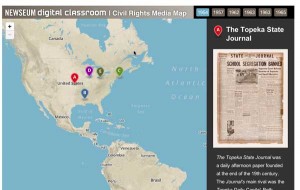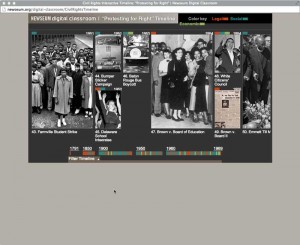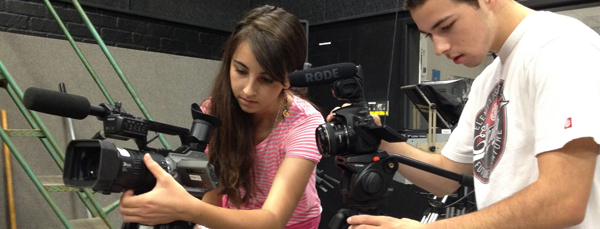Newseum launches new module, cultivates news literacy

The Newseum in Washington, D.C., is launching a Civil Rights module Friday (8/30/13), and many JEA members have been emailed for beta testing.
What’s more important, however, is the site is fabulous for journalism teachers and students. It offers video modules and lesson plans on many topics that aren’t part of the beta testing, such as media bias.
Newseum videos are brain-tested (span reasonable time limits, such as seven minutes to 15 minutes, for example), and have subtitles and transcripts. All are student-friendly, but teacher-friendly as well.
As stated in the Viewing Guides section for the Bias video module, for example, “We have created a viewing guide for each of the videos to help you (the teacher) use them in your classroom and build your students’ news literacy.”
What’s in a viewing guide on the digital classrooms of Newseum.org?
- Need to Know Section: key people, events, and vocabulary
- Before-you-watch warm-up questions
- After-you-watch comprehension and critical thinking questions
- Extension Activities
- What’s Next? (where to go on the website for further exploration of common themes)
- Teacher Key (what’s better than having some sample answers for the teacher who has several preps?)
- Common Core Standards
The video and lesson plan modules are usable for every learning environment: traditional, on-line, blended, or flipped classrooms. For example, in the video titled, “BIAS,” Sonya Gavanka and Frank Bond, broadcast journalists, discuss interview tactics.

The information is not only presented in a colorful and engaging manner, but is also practical.
Said Frank Bond about journalists’ interview strategies–both professional as well as student: “How much time do I have; how much space do I have, and how can I focus my questions to accomplish getting my four or five points across that I want my audience to take home?”
Lesson plans are categorized under historical connections, media literacy, and civics and citizenship.




